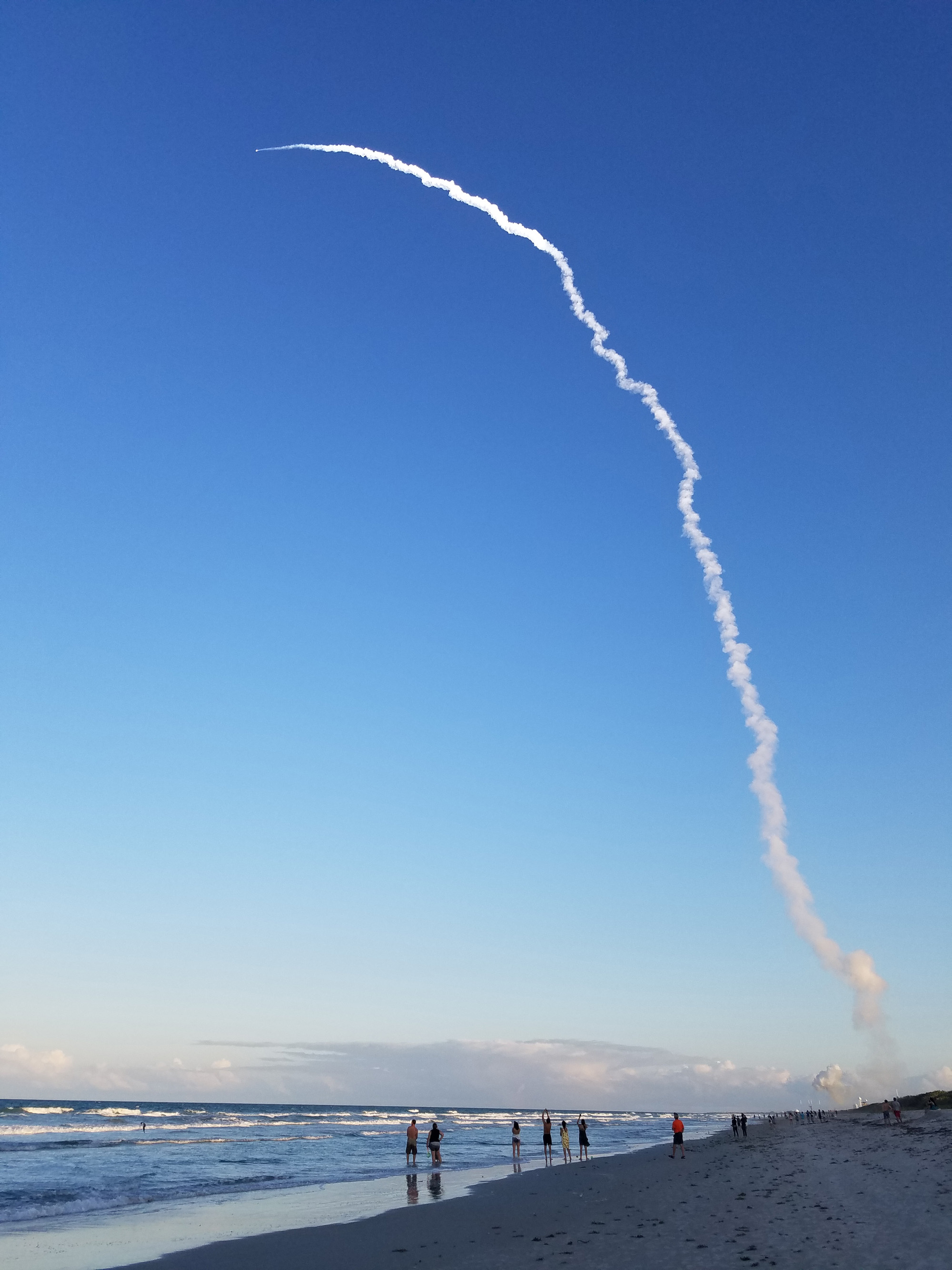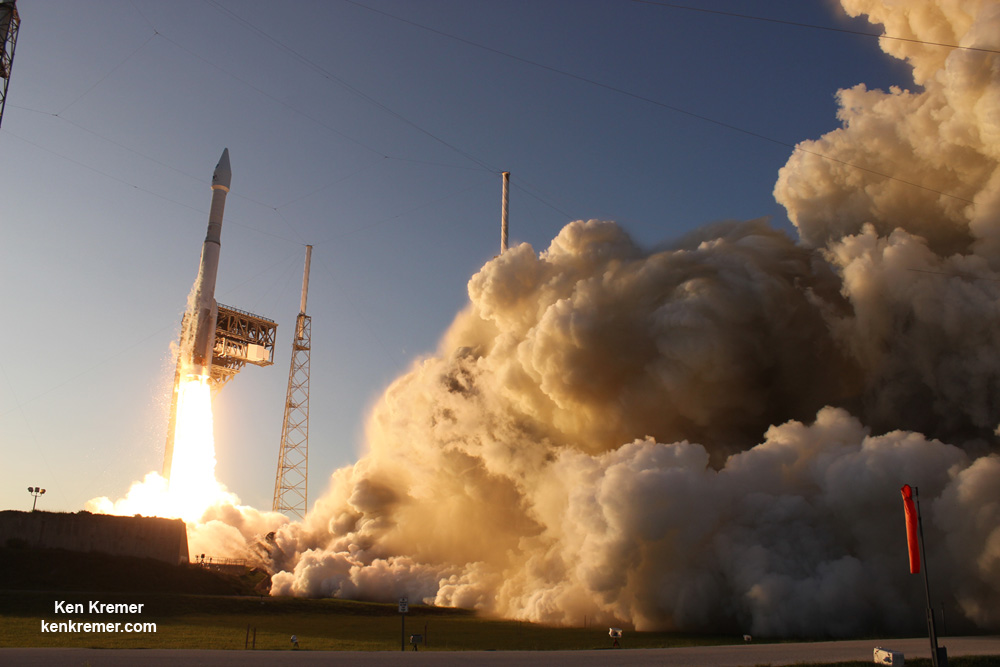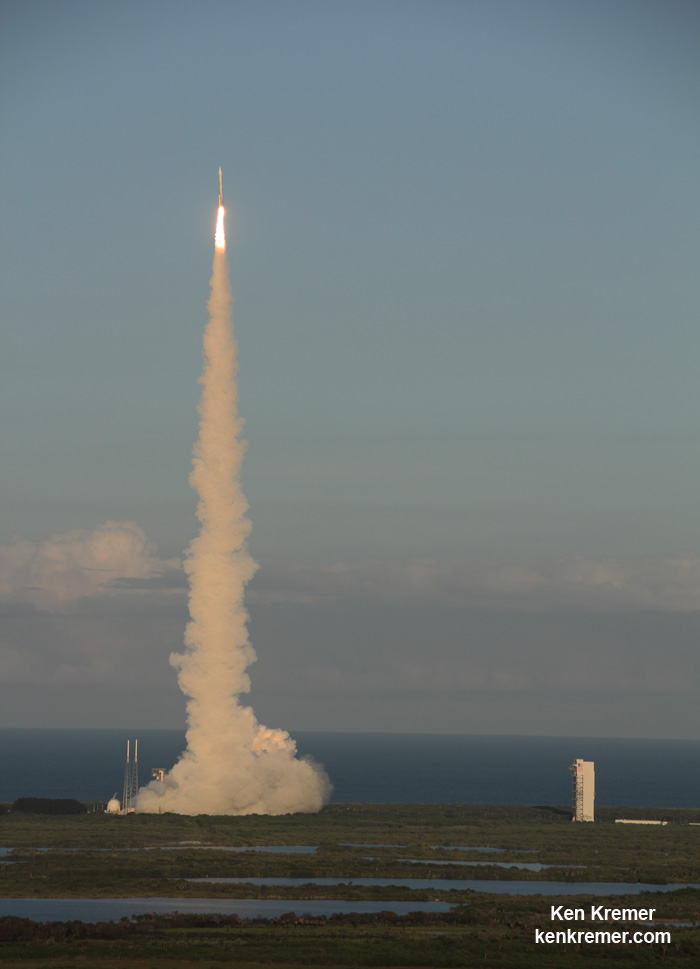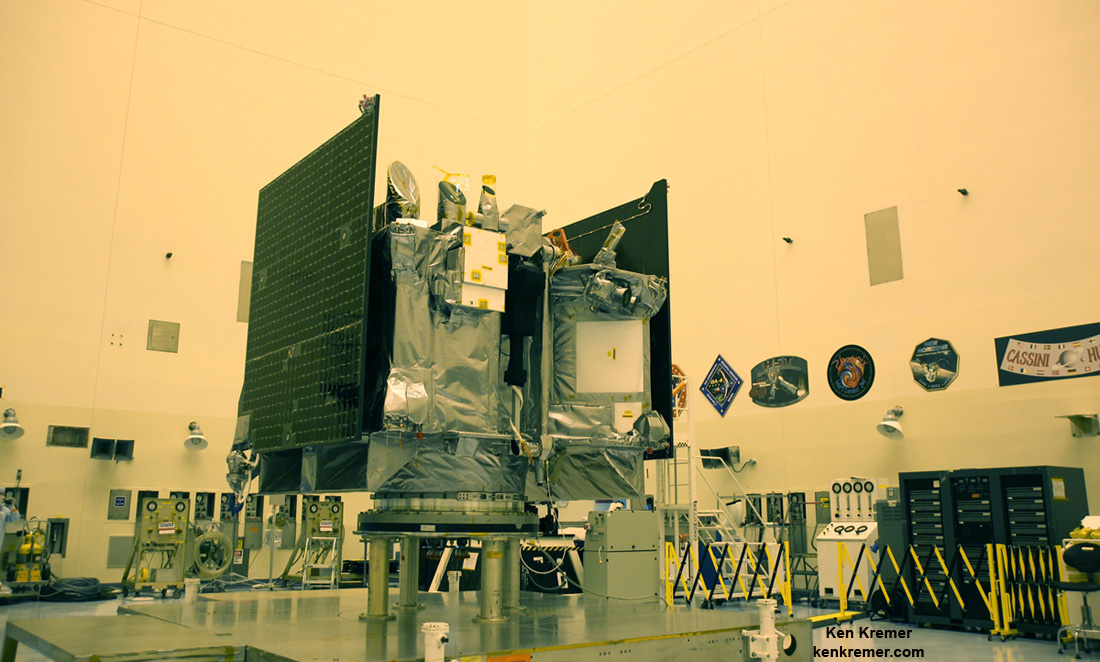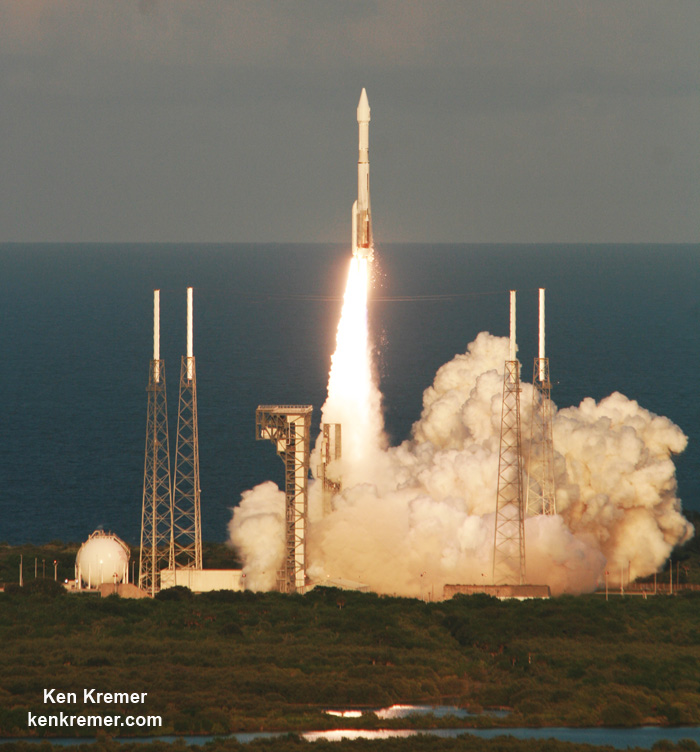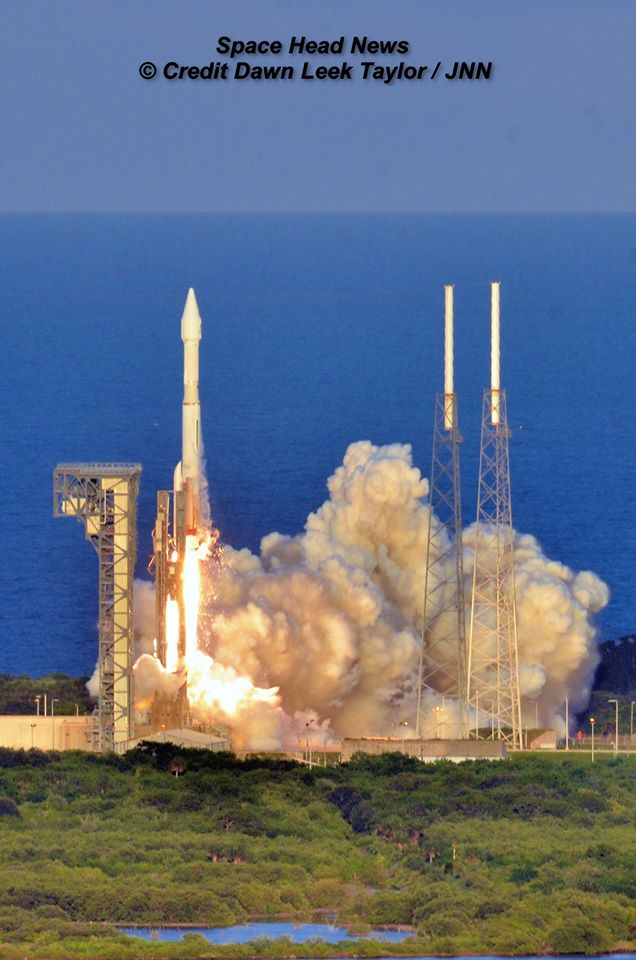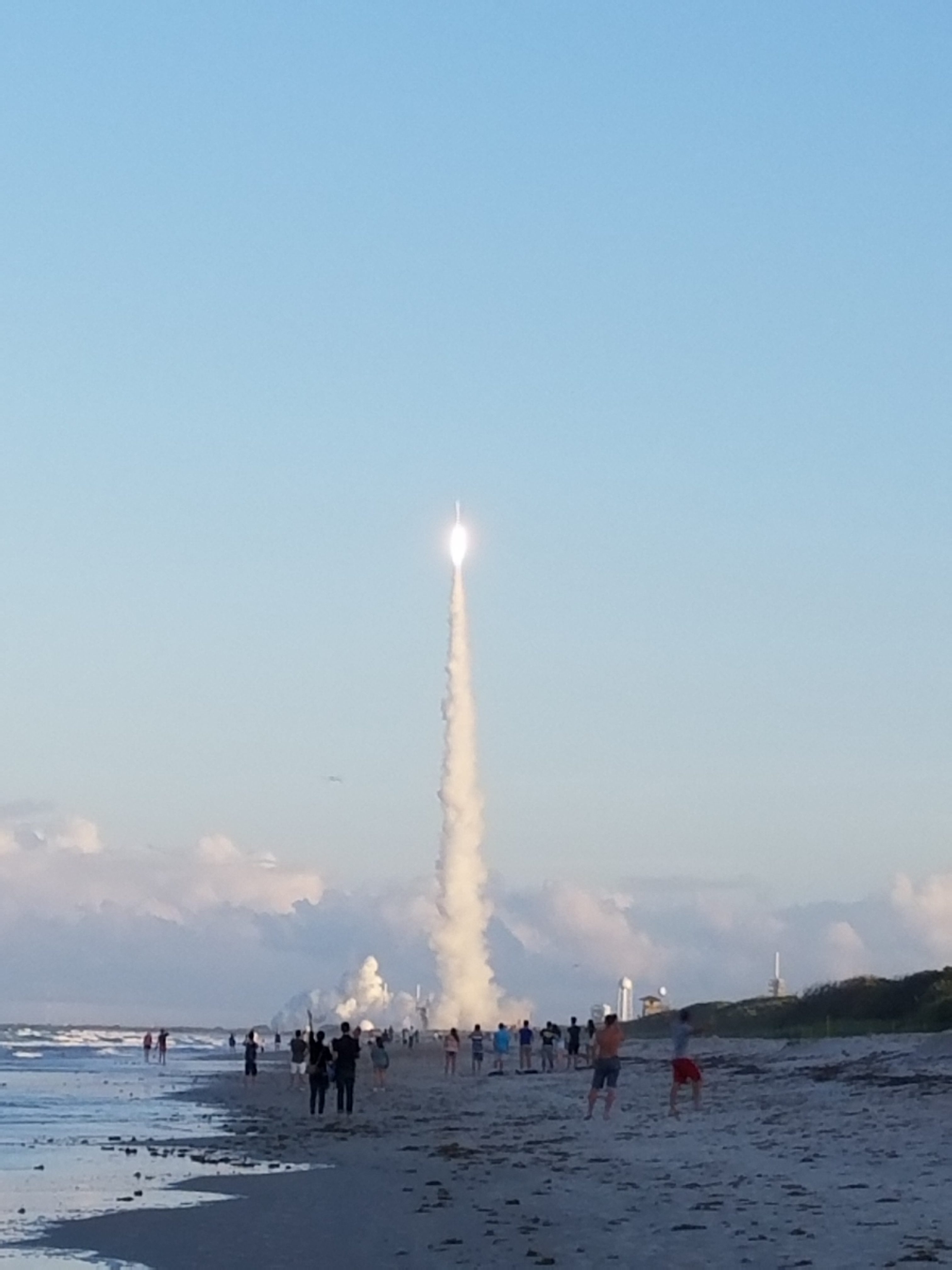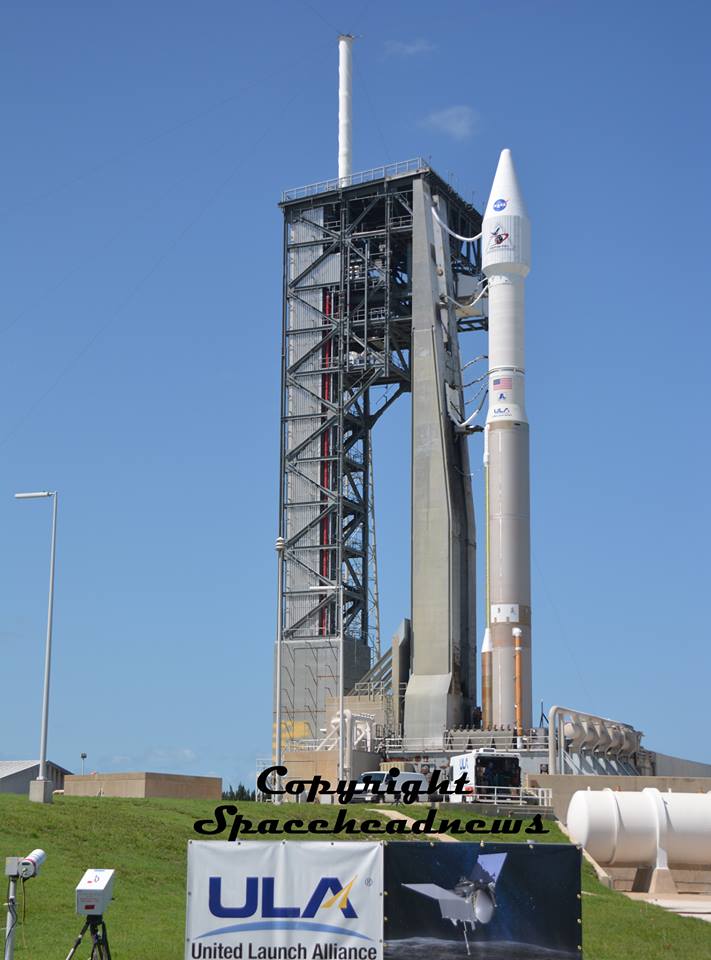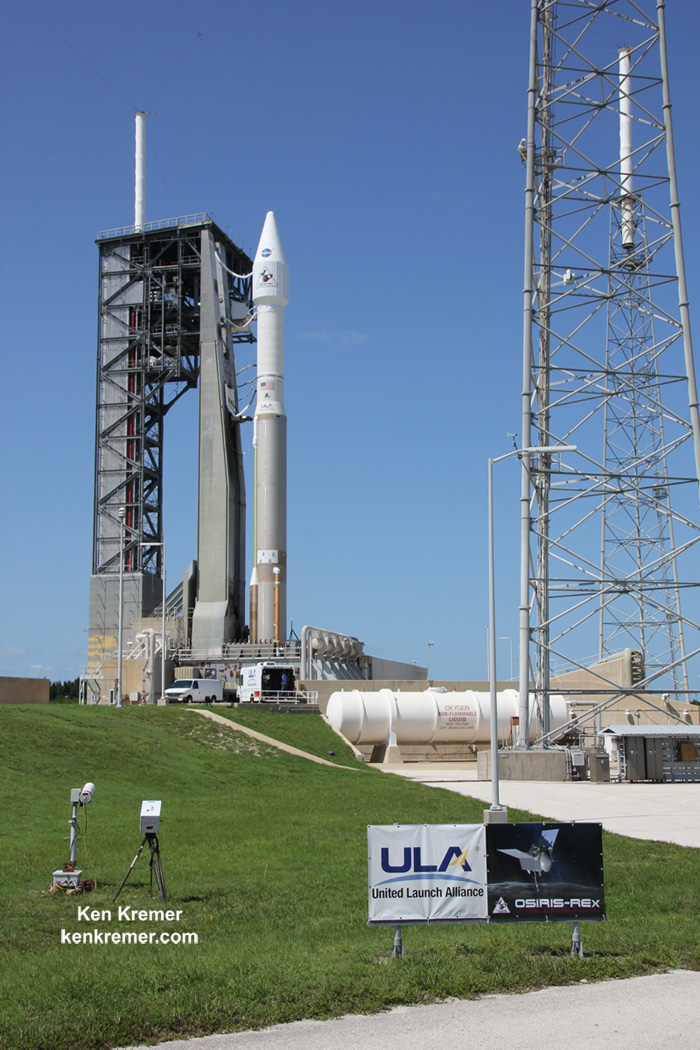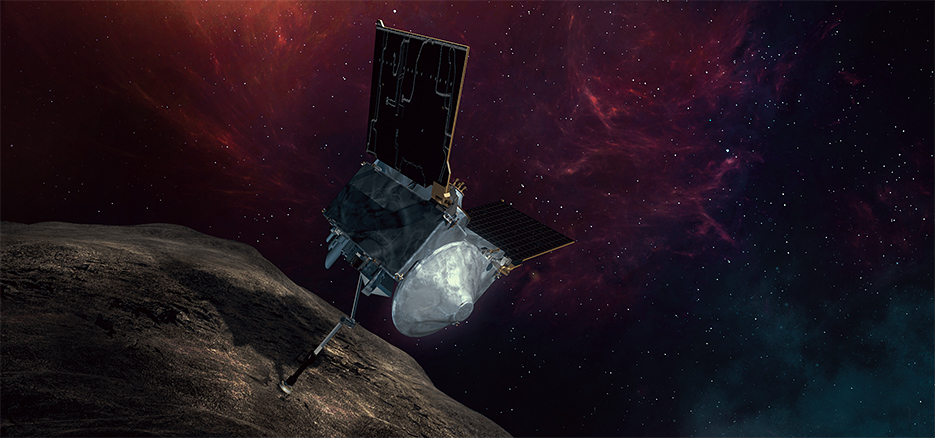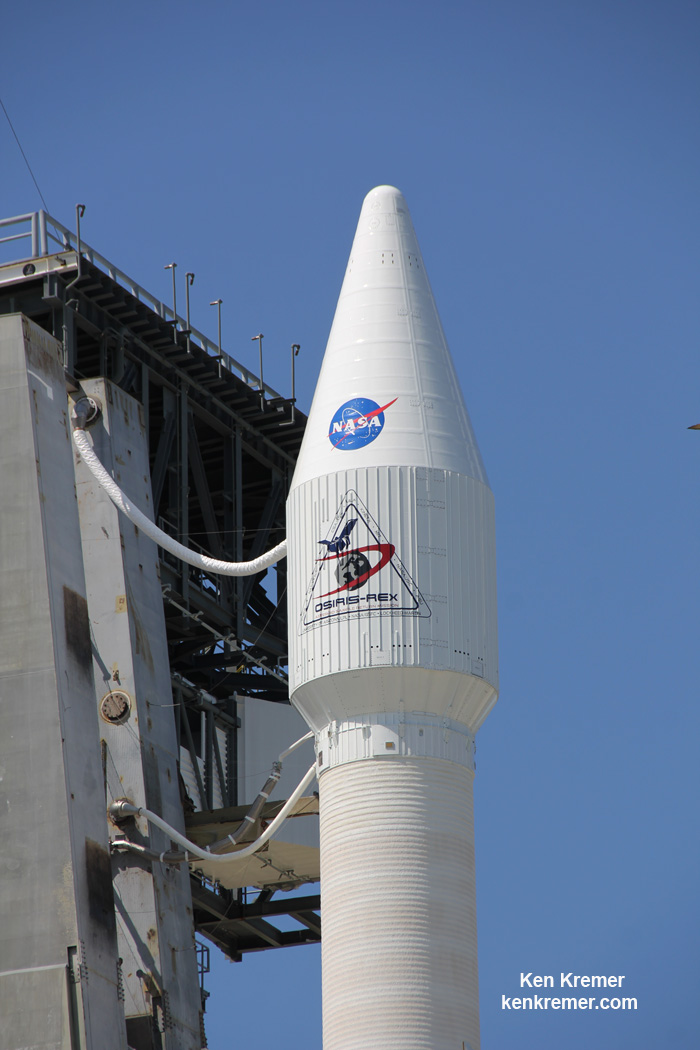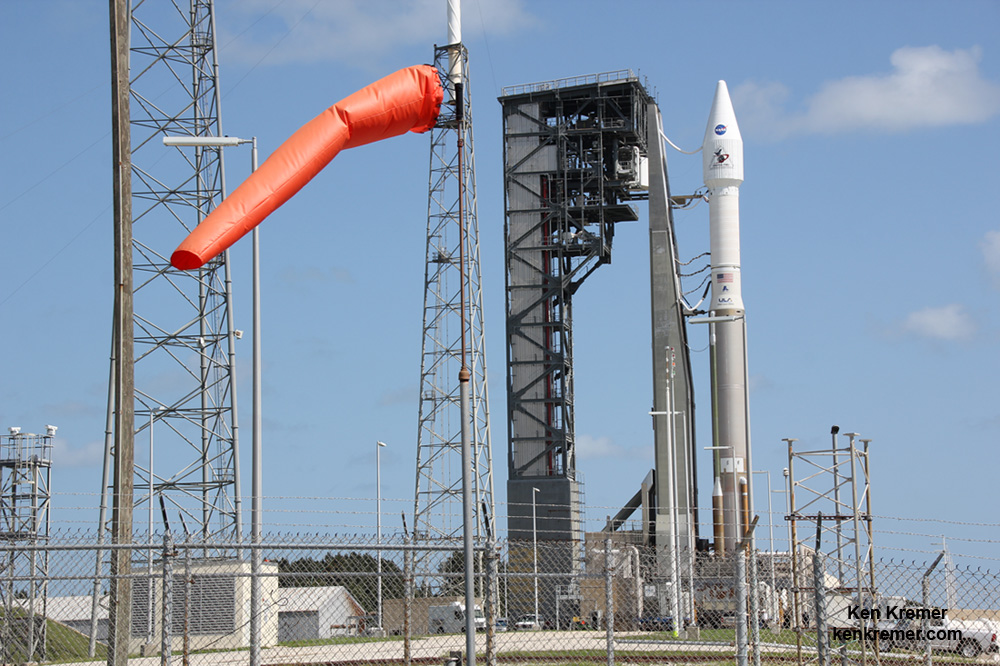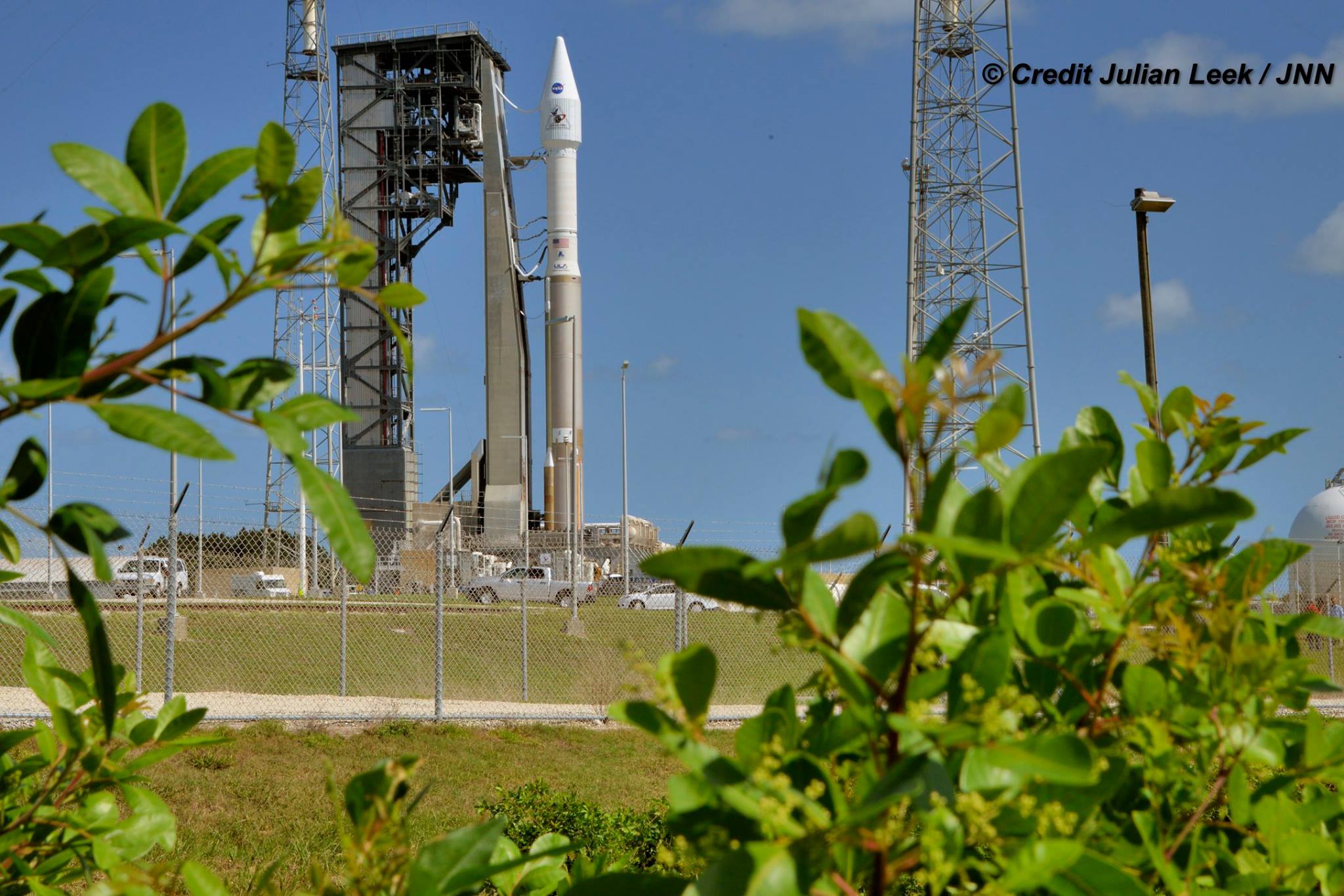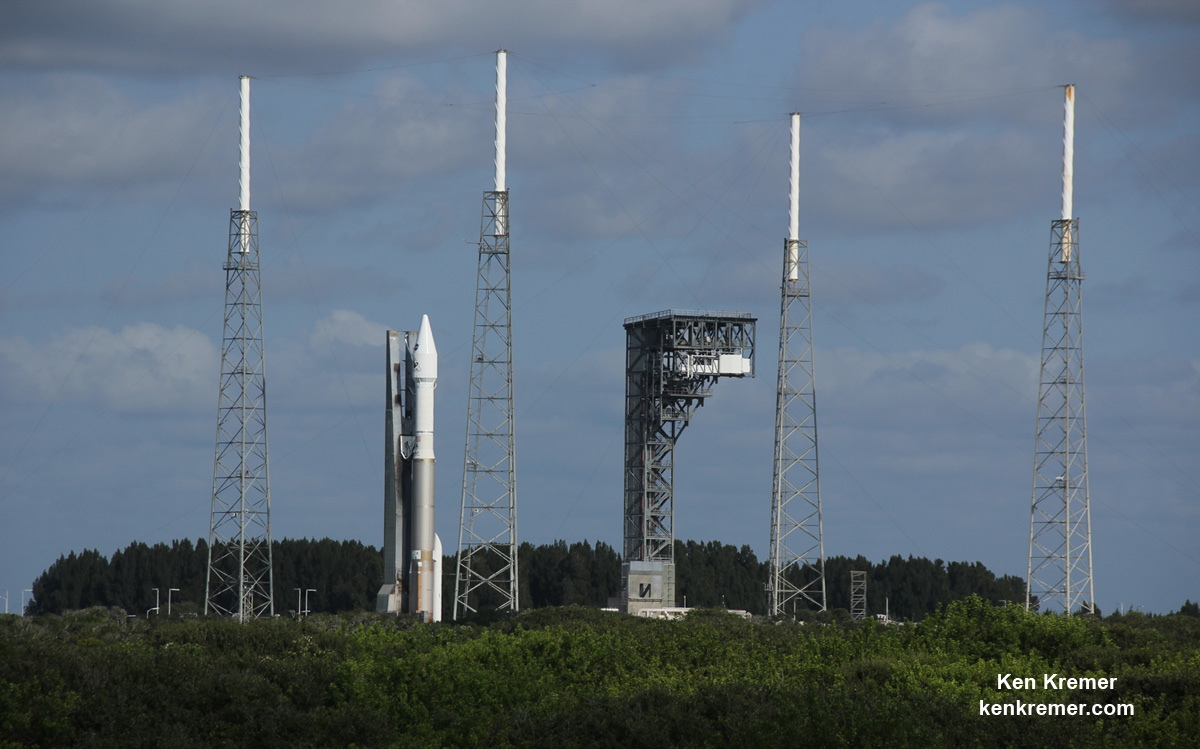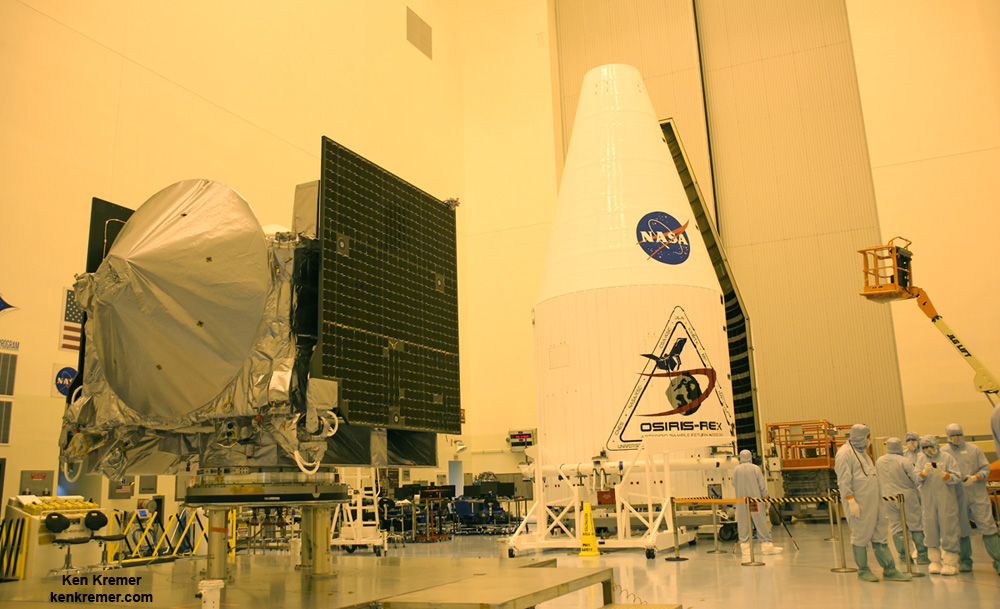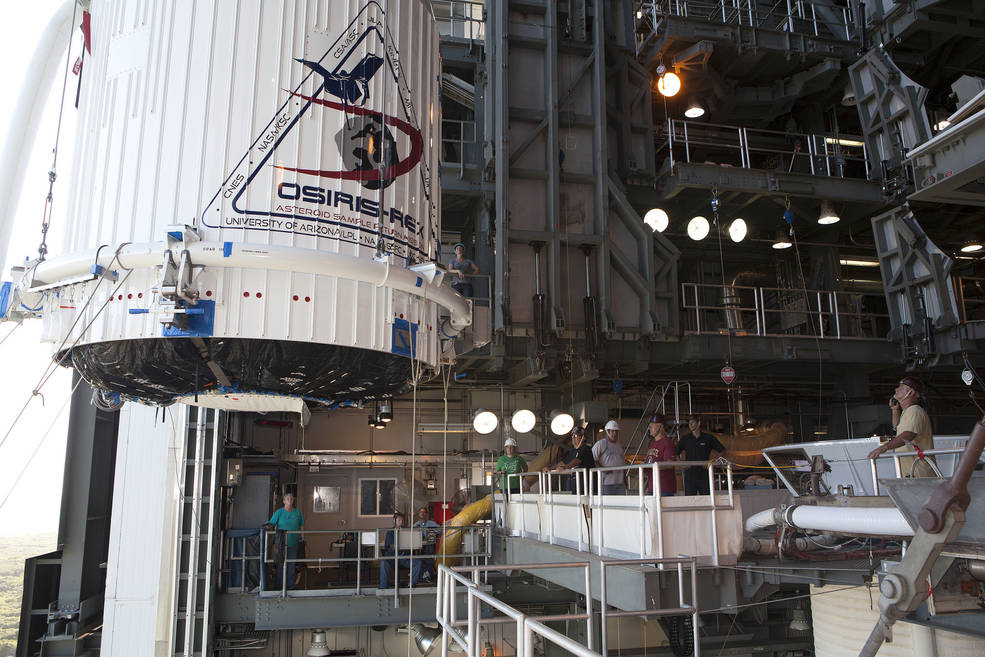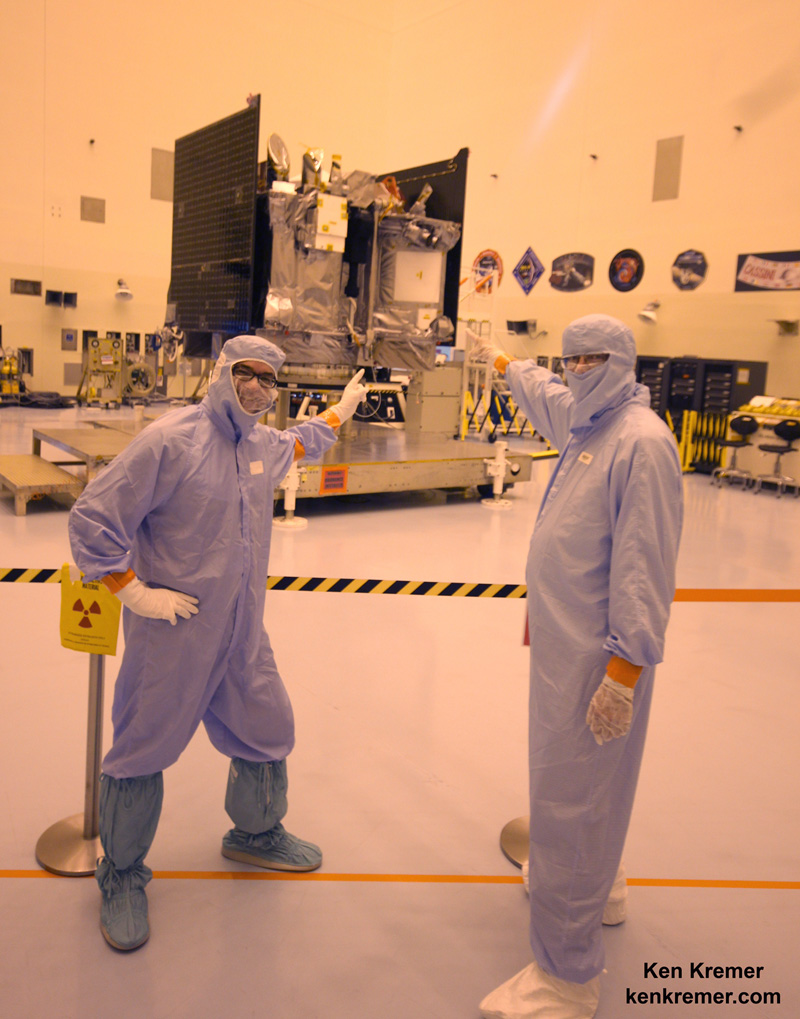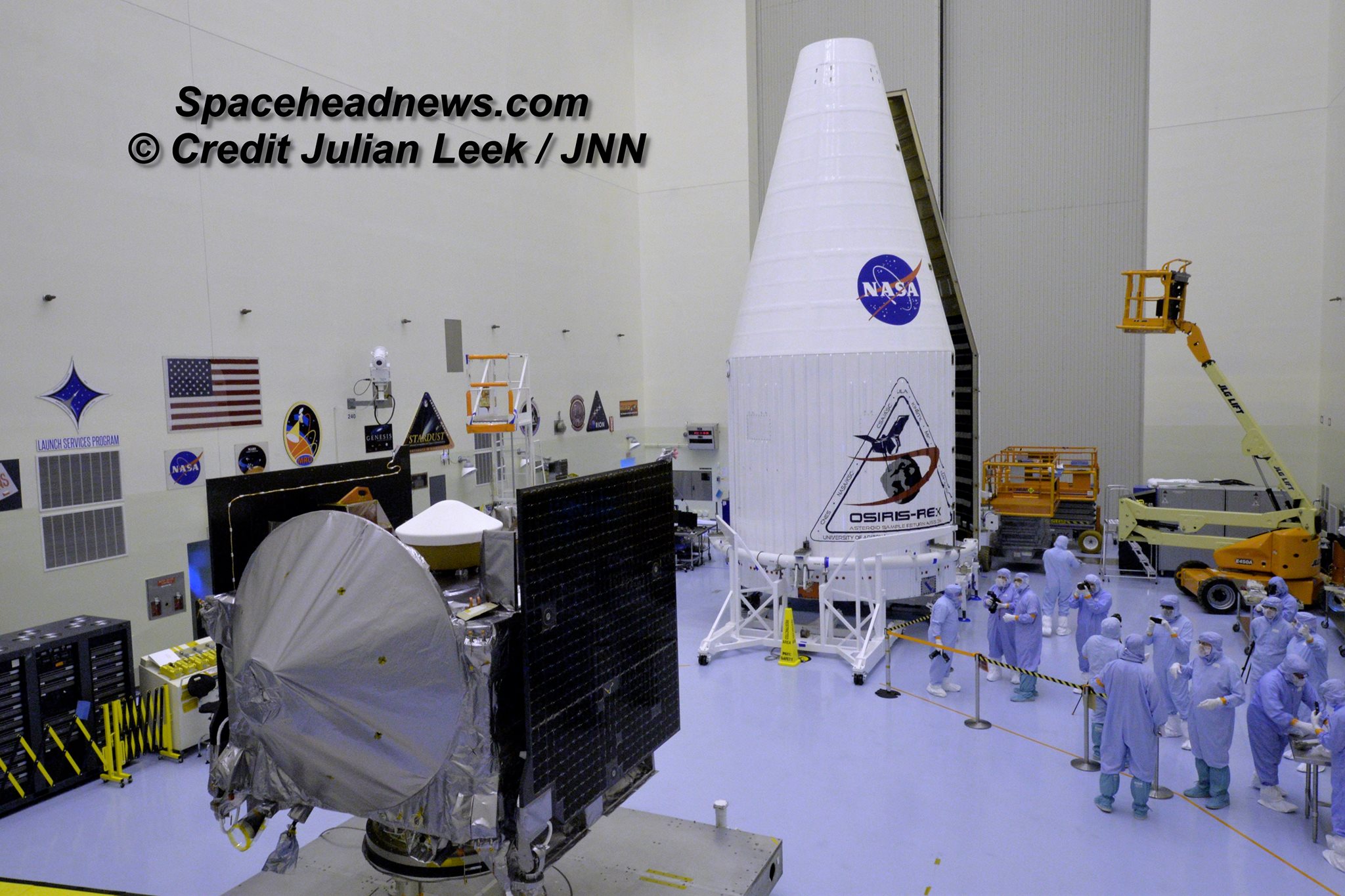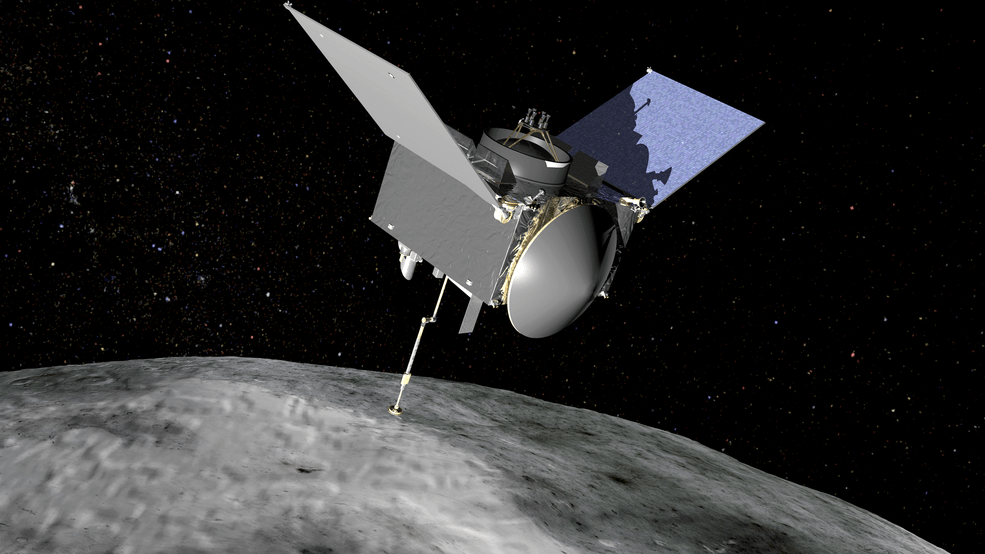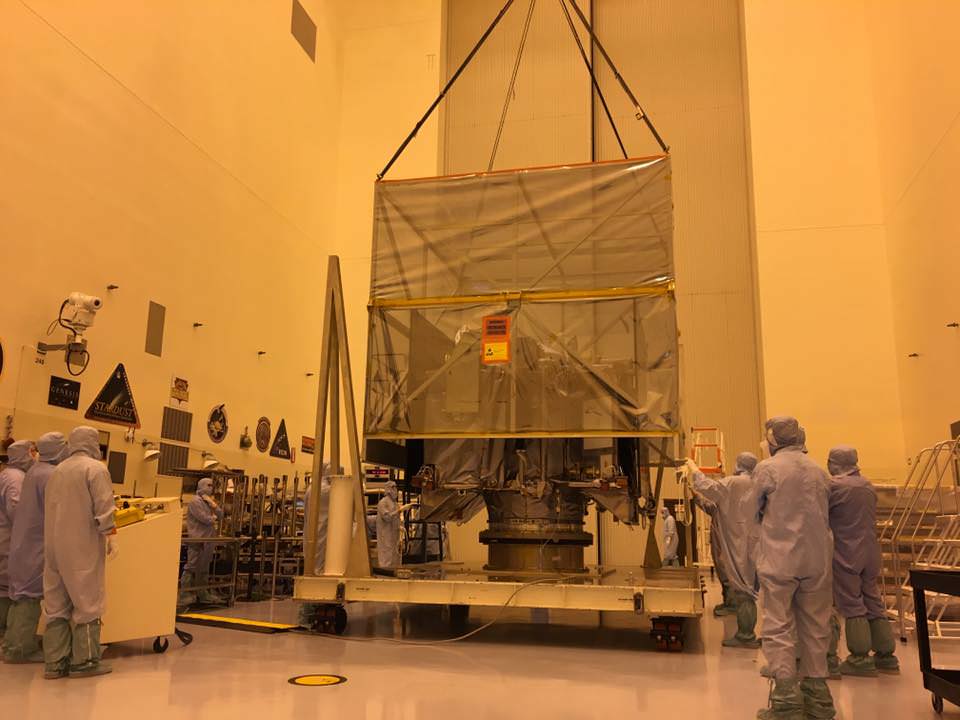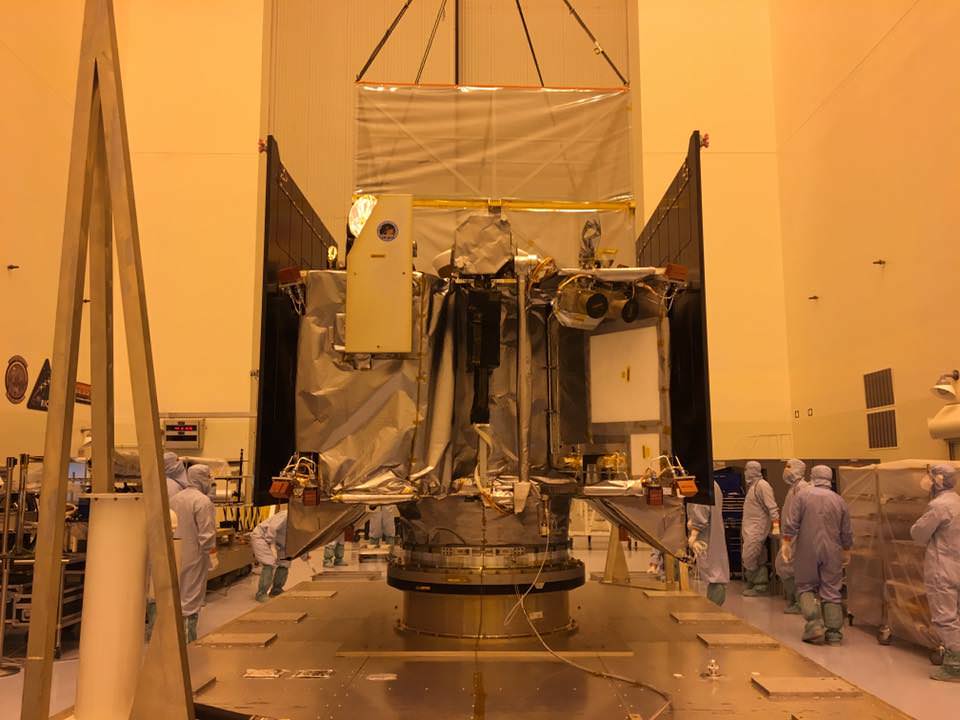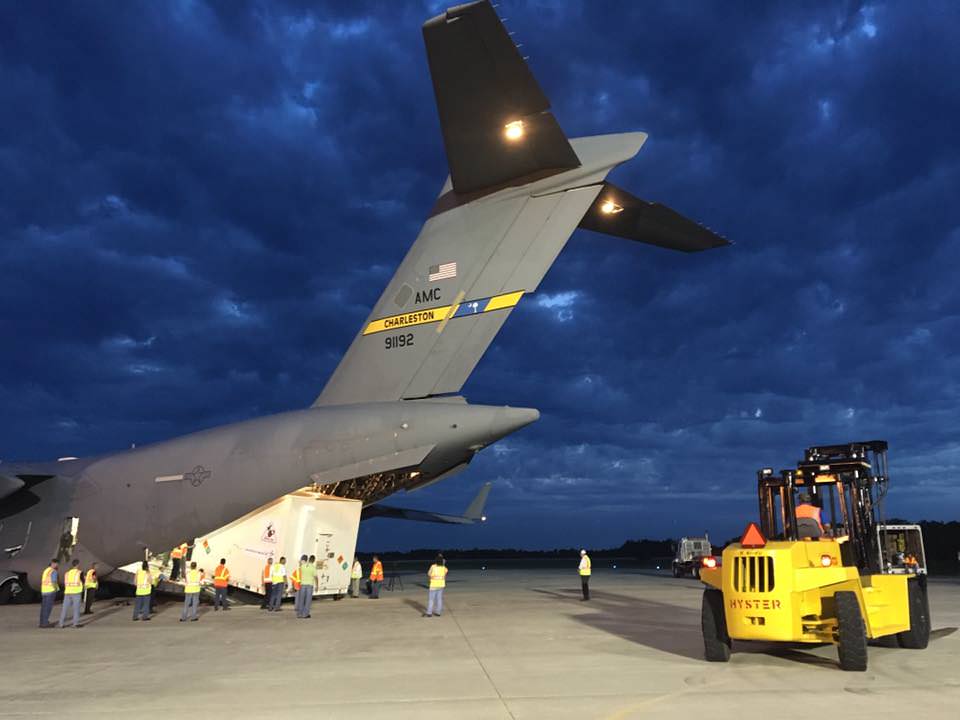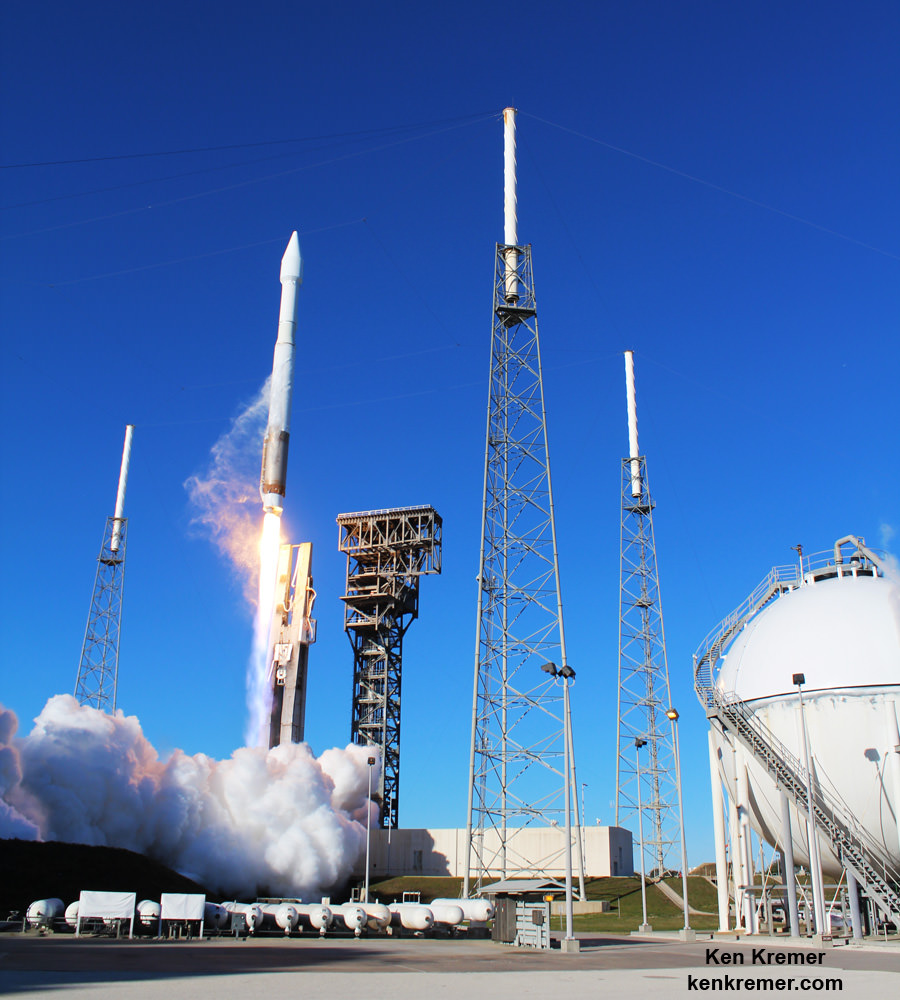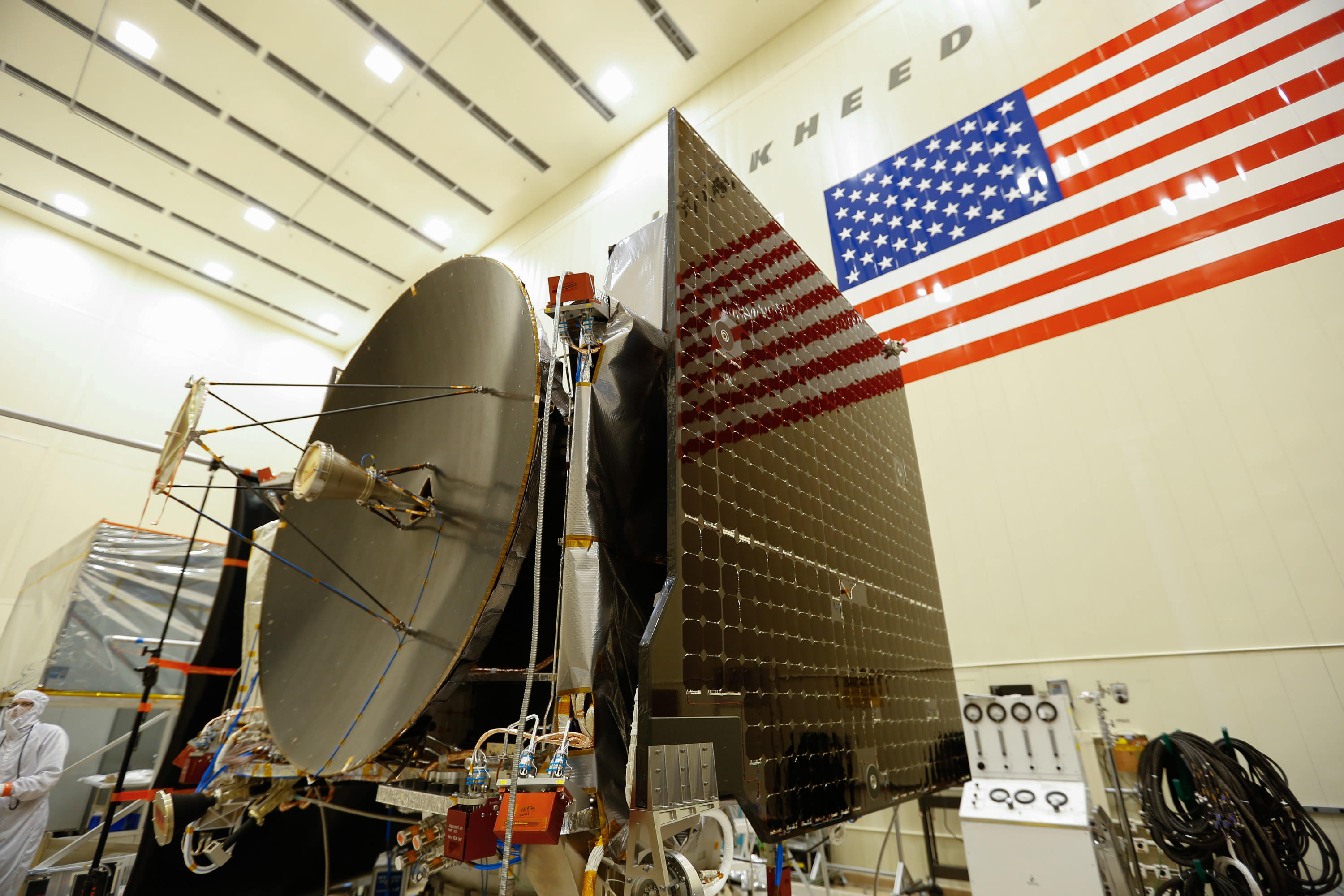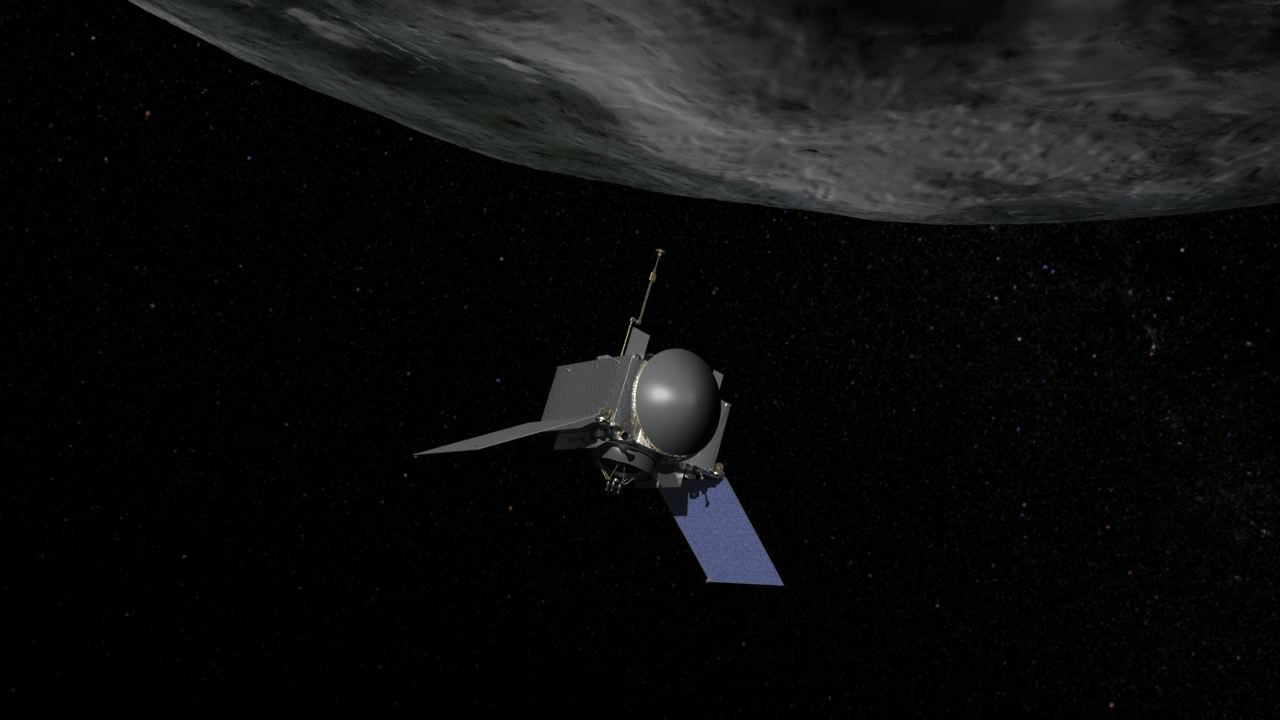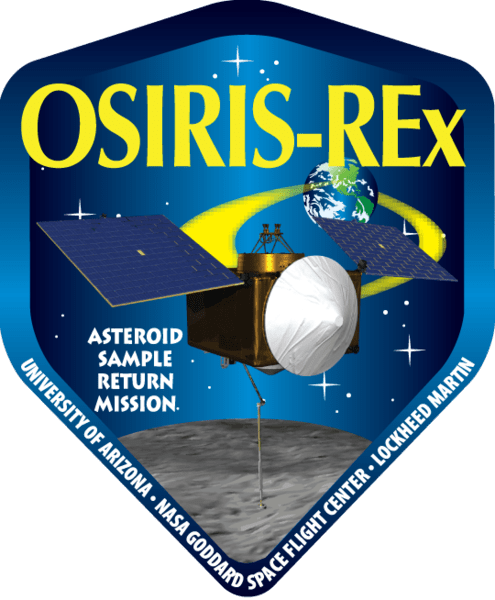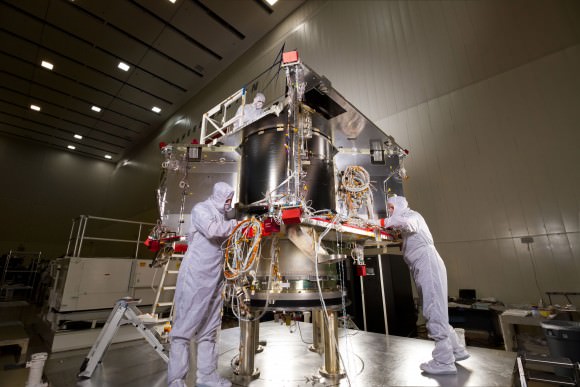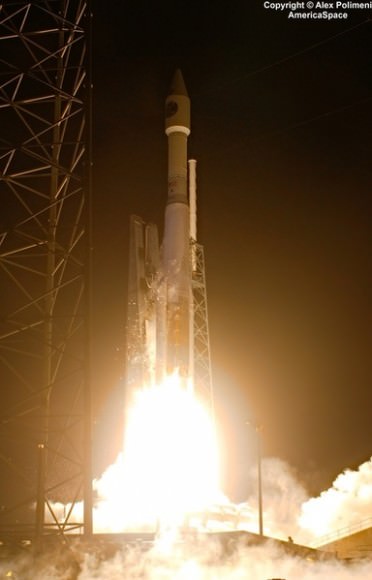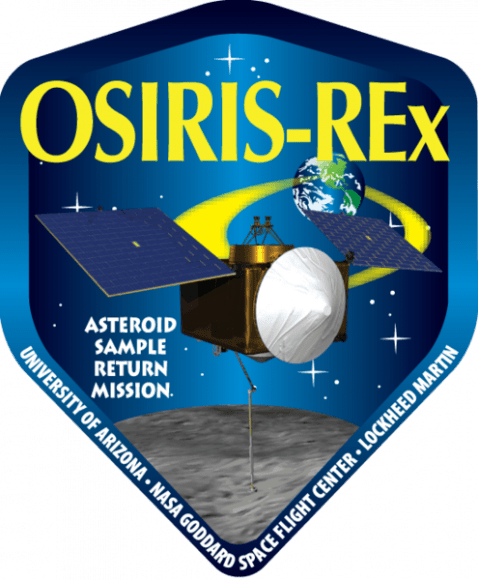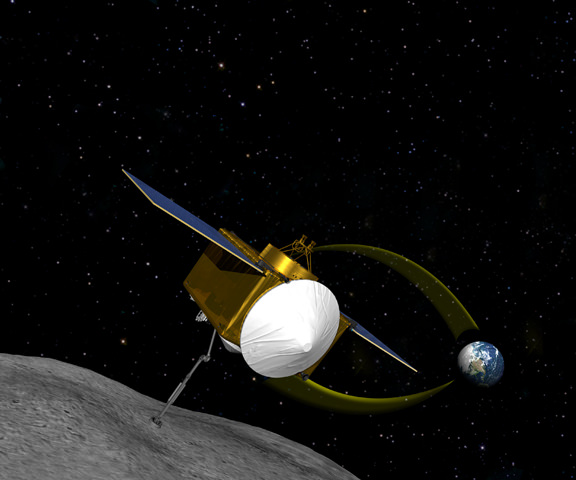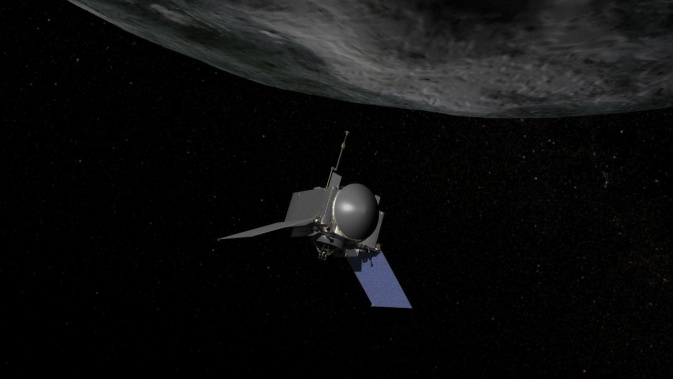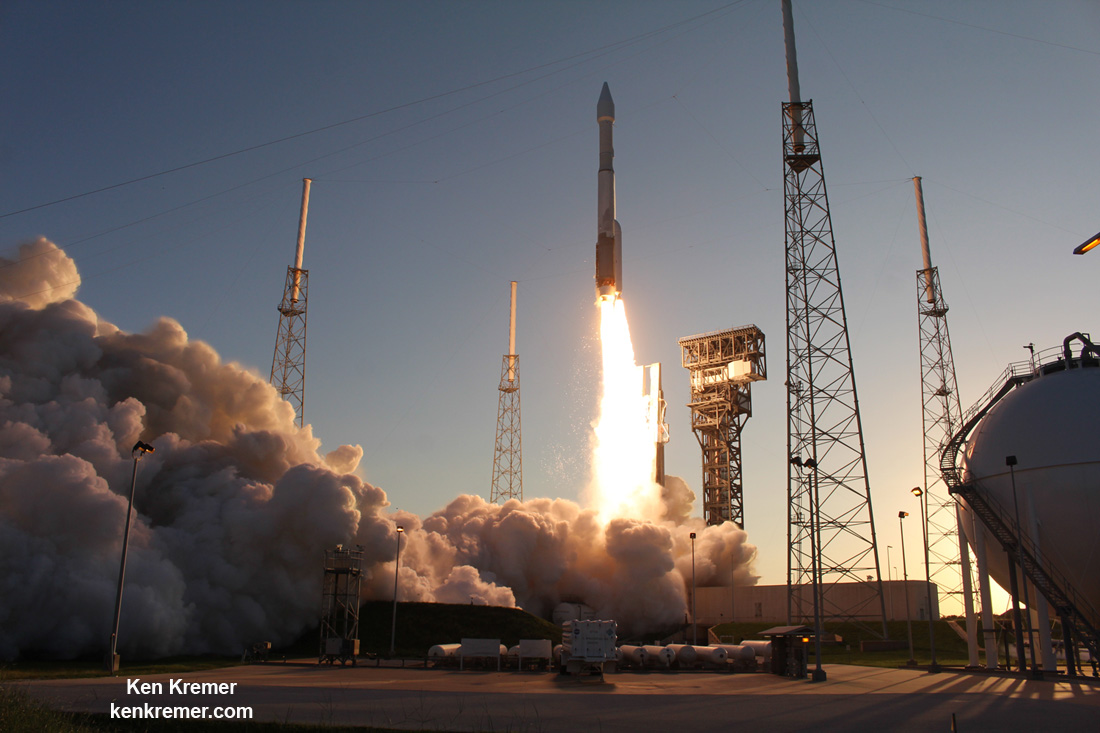
KENNEDY SPACE CENTER, FL – Bound for Bennu, NASA’s OSIRIS-REx robotic explorer began a trailblazing 7 year round trip sampling sortie on Sept. 8 in search of the origin of life with a spectacular sky show – thrilling spectators ringing the Florida Space Coast.
Hordes of space enthusiasts from all across the globe descended on the Kennedy Space Center and Cape Canaveral region for the chance of a lifetime to witness a once in a lifetime liftoff to the carbon rich asteroid – which could potentially bring back samples infused with the organic chemicals like amino acids that are the building blocks of life as we know it.
NASA’s Origins, Spectral Interpretation, Resource Identification, Security – Regolith Explorer (OSIRIS-REx) spacecraft departed Earth with an on time engine ignition of a United Launch Alliance Atlas V rocket under crystal clear skies on Thursday, September 8 at 7:05 p.m. EDT from Space Launch Complex 41 at Cape Canaveral Air Force Station.
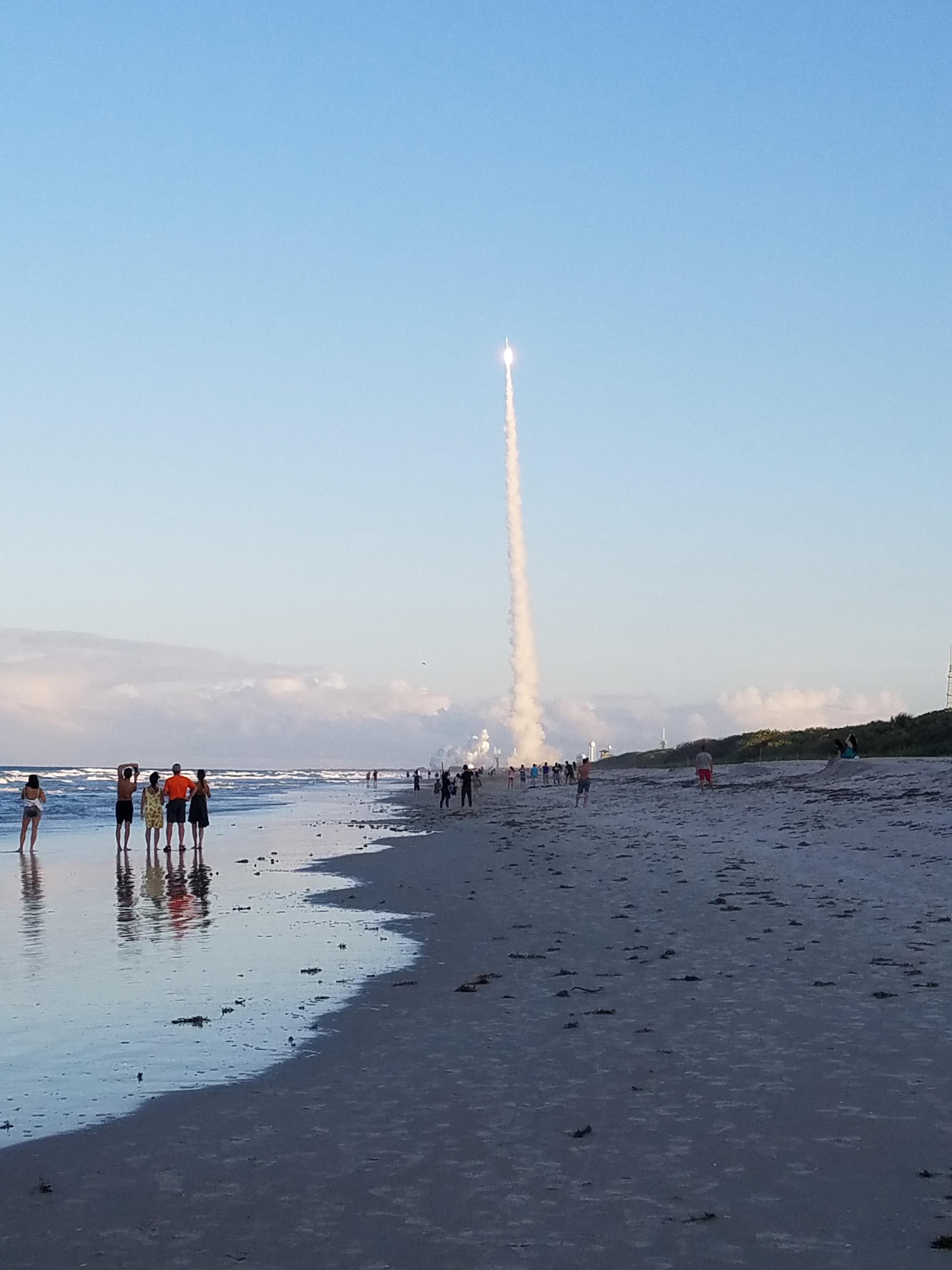
Everything went exactly according to plan for the daring mission bolding seeking to gather rocks and soil from Bennu – using an ingenious robotic arm named TAGSAM – and bring at least a 60-gram (2.1-ounce) sample back to Earth in 2023 for study by scientists using the world’s most advanced research instruments.
“We got everything just exactly perfect,” said Dante Lauretta, the principal investigator for OSIRIS-REx at the University of Arizona, at the post launch briefing at the Kennedy Space Center. “We hit all our milestone within seconds of predicts.
The space rock measures about the size of a small mountain at about a third of a mile in diameter.
And the picture perfect near sunset launch rewarded photographers from near and far with a spectacular series of richly hued photo and video recordings.
So I’ve gathered here a variety of launch imagery from multiple vantage points shot by friends, colleagues and myself – for the enjoyment of readers of Universe Today and Beyond!
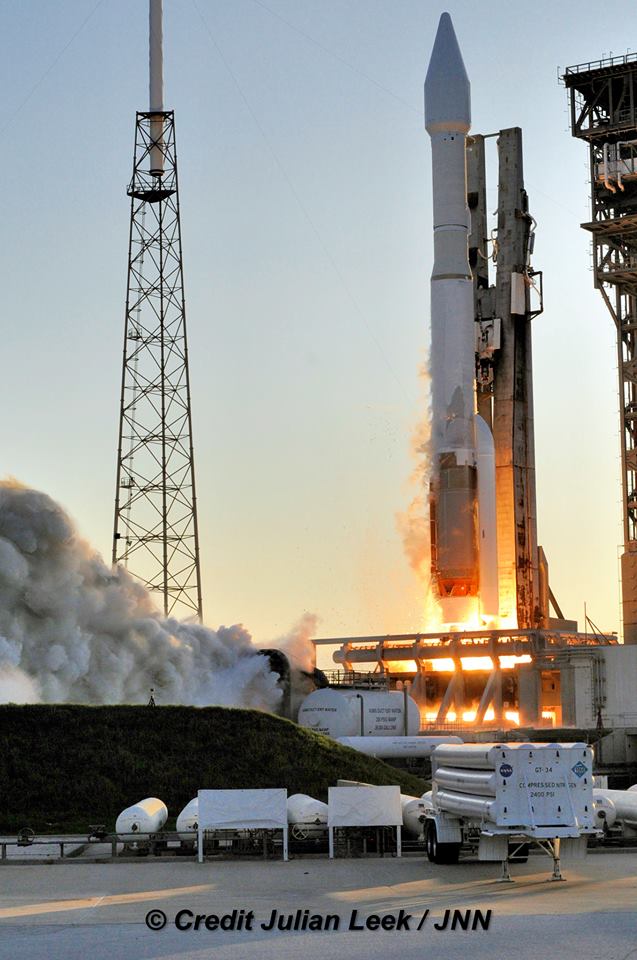
As you’ll see and hear the ULA Atlas V rocket integrated with OSIRIS-Rex on top thundered off the Cape’s pad 41 and shot skyward straight up along an equatorial path into Florida’s sun.
From every vantage point the rocket and its ever expanding vapor trail were visible for some 4 or 5 minutes or more. From my location on the roof of NASA’s Vehicle Assembly Building (VAB) the rocket finally arched over nearly straight above us and the sun produced a magnificent thin and nearly straight shadow of the vapor trail on the ground running out to the Atlantic Ocean towards Africa.
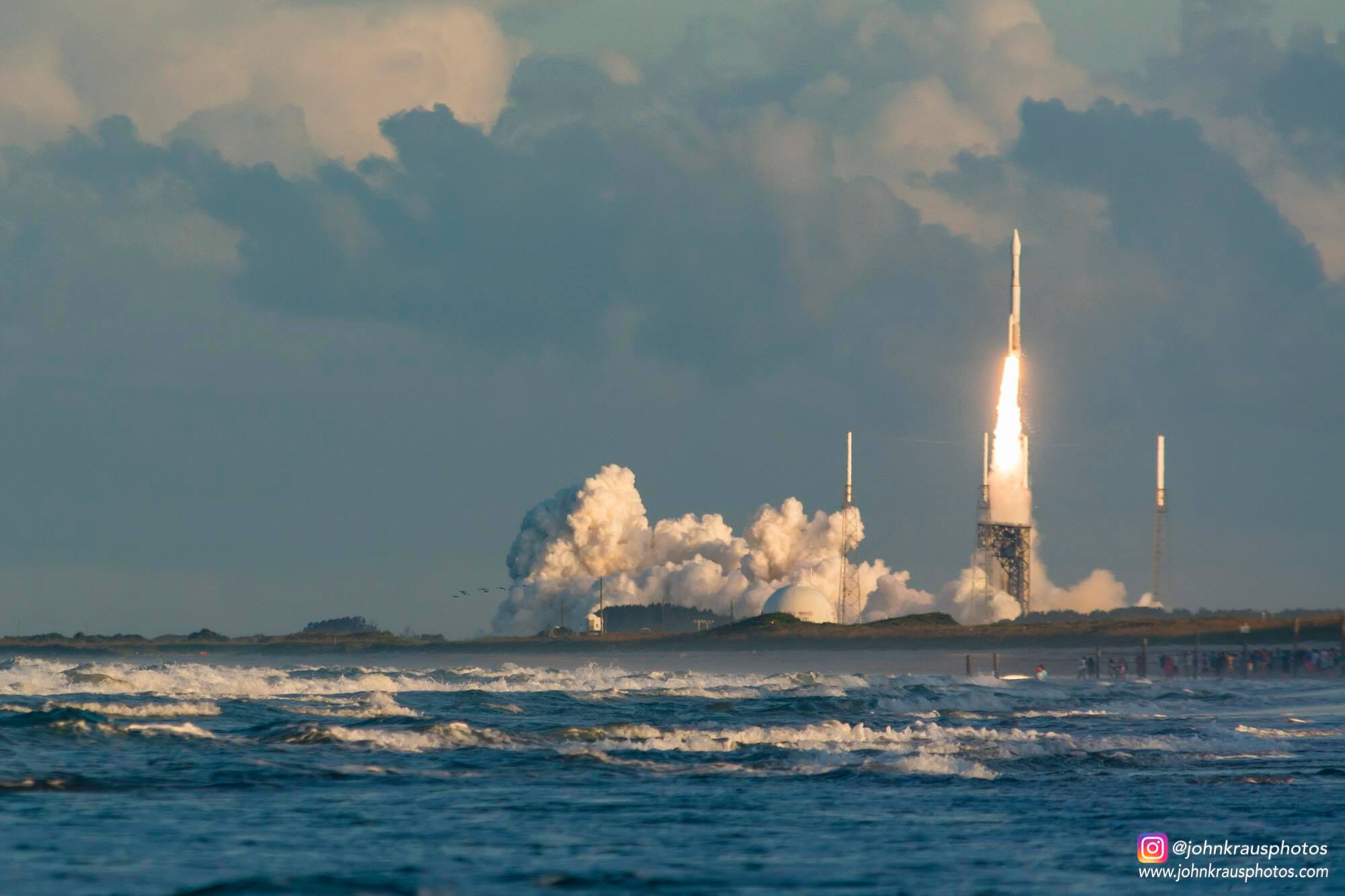
It was truly an unforgettable sight to behold. And folks at Playalinda Beach, the best public viewing spot just a few miles north of pad 40 had an uninhibited view of the rocket to the base of the pad – while they waded and swam in the oceans waters with waves crashing on shore as the Atlas rocket blasted to space.
OSIRIS-REx separated as planned from the Atlas V rockets liquid oxygen and liquid hydrogen fueled second stage rocket to fly free at 8:04 p.m. on Sept. 8 – 55 minutes after launch.
The pair of solar arrays deployed as planned to provide the probes life giving power.
The spacecraft was built by prime contractor Lockheed.
“The spacecraft is healthy and functioning properly,” Richard Kuhns, Lockheed Martin OSIRIS-REx program manager, told me in an interview at the post-launch briefing.
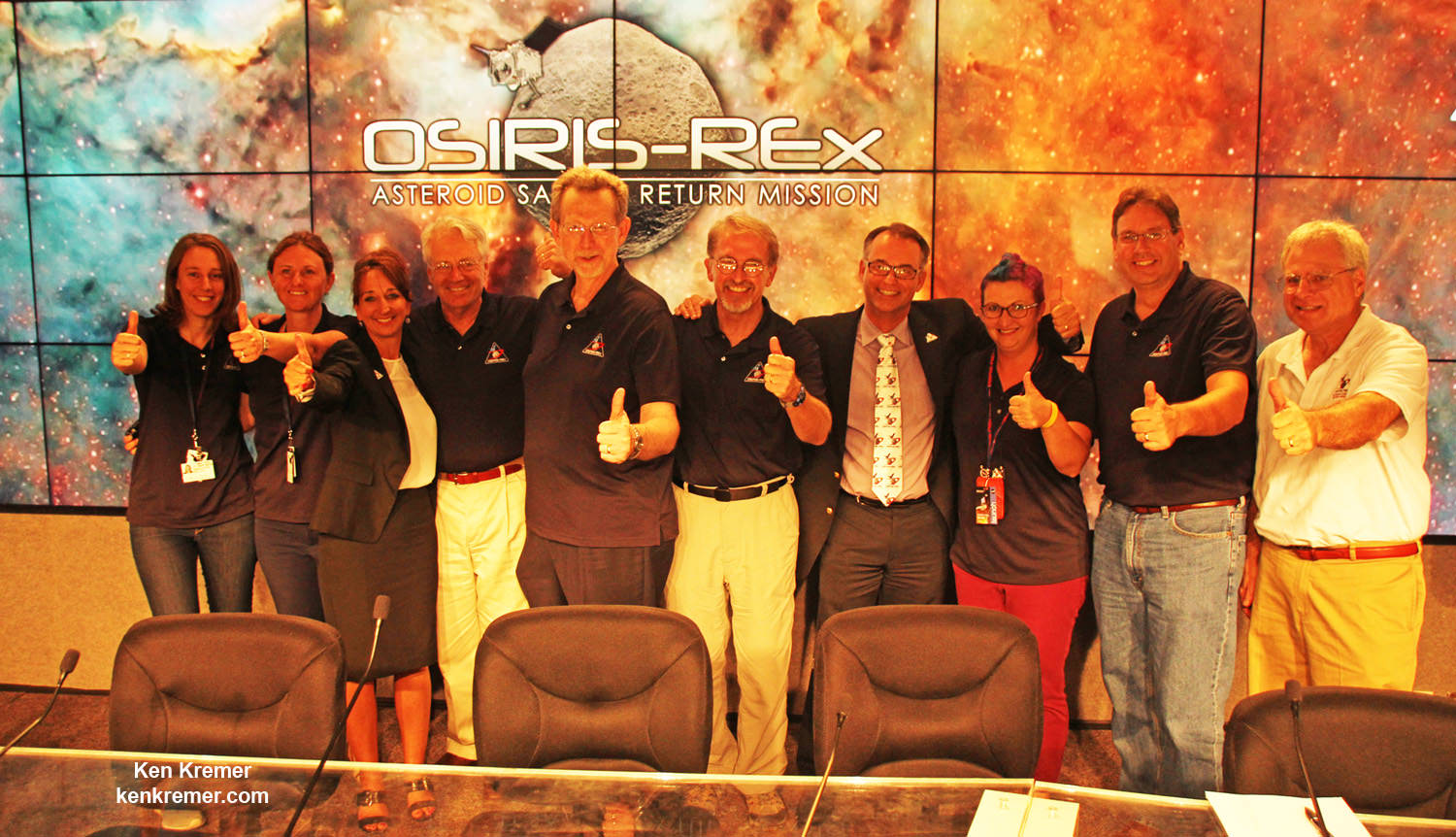
“The primary objective of the OSIRIS-Rex mission is to bring back pristine material from the surface of the carbonaceous asteroid Bennu, OSIRIS-Rex Principal Investigator Dante Lauretta told Universe Today in a prelaunch interview in the KSC cleanroom with the spacecraft as the probe was undergoing final preparations for shipment to the launch pad.
“We are interested in that material because it is a time capsule from the earliest stages of solar system formation.”
“It records the very first material that formed from the earliest stages of solar system formation. And we are really interested in the evolution of carbon during that phase. Particularly the key prebiotic molecules like amino acids, nucleic acids, phosphates and sugars that build up. These are basically the biomolecules for all of life.”
The asteroid is 1,614-foot (500 m) in diameter and crosses Earth’s orbit around the sun every six years.
After a two year flight through space, including an Earth swing by for a gravity assisted speed boost in 2017, OSIRIS-REx will reach Bennu in Fall 2018 to begin about 2 years of study in orbit to determine the physical and chemical properties of the asteroid in extremely high resolution.
While orbiting Bennu starting in 2018 it will move in close to explore the asteroid for about two years with its suite of science instruments, scanning in visible and infrared light. After a thorough site selection, it will move carefully towards the surface and extend the 11 foot long TAGSAM robotic arm and snatch pristine soil samples containing organic materials from the surface using the TAGSAM collection dish over just 3 to 5 seconds.
Once a good sample collection is confirmed, the dish will then be placed inside the Earth return canister and be brought back to Earth for study by researchers using all of the most sophisticated science instruments available to humankind.
Using the 11 foot long TAGSAM robotic arm that functions somewhat like a pogo stick, OSIRIS-REx will gather rocks and soil and bring at least a 60-gram (2.1-ounce) sample back to Earth on Sept 24, 2023. It has the capacity to scoop up to about 2 kg or more.

The two stage ULA Atlas V performed flawlessly and delivered OSIRIS-Rex into a hyperbolic trajectory away from Earth.
The 189 foot tall ULA Atlas V rocket launched in the rare 411 configuration for only the 3rd time on this mission – which is the 65th for the Atlas V.
The Atlas 411 vehicle includes a 4-meter diameter large Payload Fairing (PLF) and one solid rocket booster that augments the first stage. The Atlas booster for this mission is powered by the RD AMROSS RD-180 engine and the Centaur upper stage was powered by the Aerojet Rocketdyne RL10A.
The RD-180 burns RP-1 (Rocket Propellant-1 or highly purified kerosene) and liquid oxygen and delivers 860,200 lb of thrust at sea level.
The strap on solid delivers approximately 348,500 pounds of thrust.
The Centaur delivers 22, 230 lbf of thrust and burns liquid oxygen and liquid hydrogen.
The solid was jettisoned at 139 seconds after liftoff.
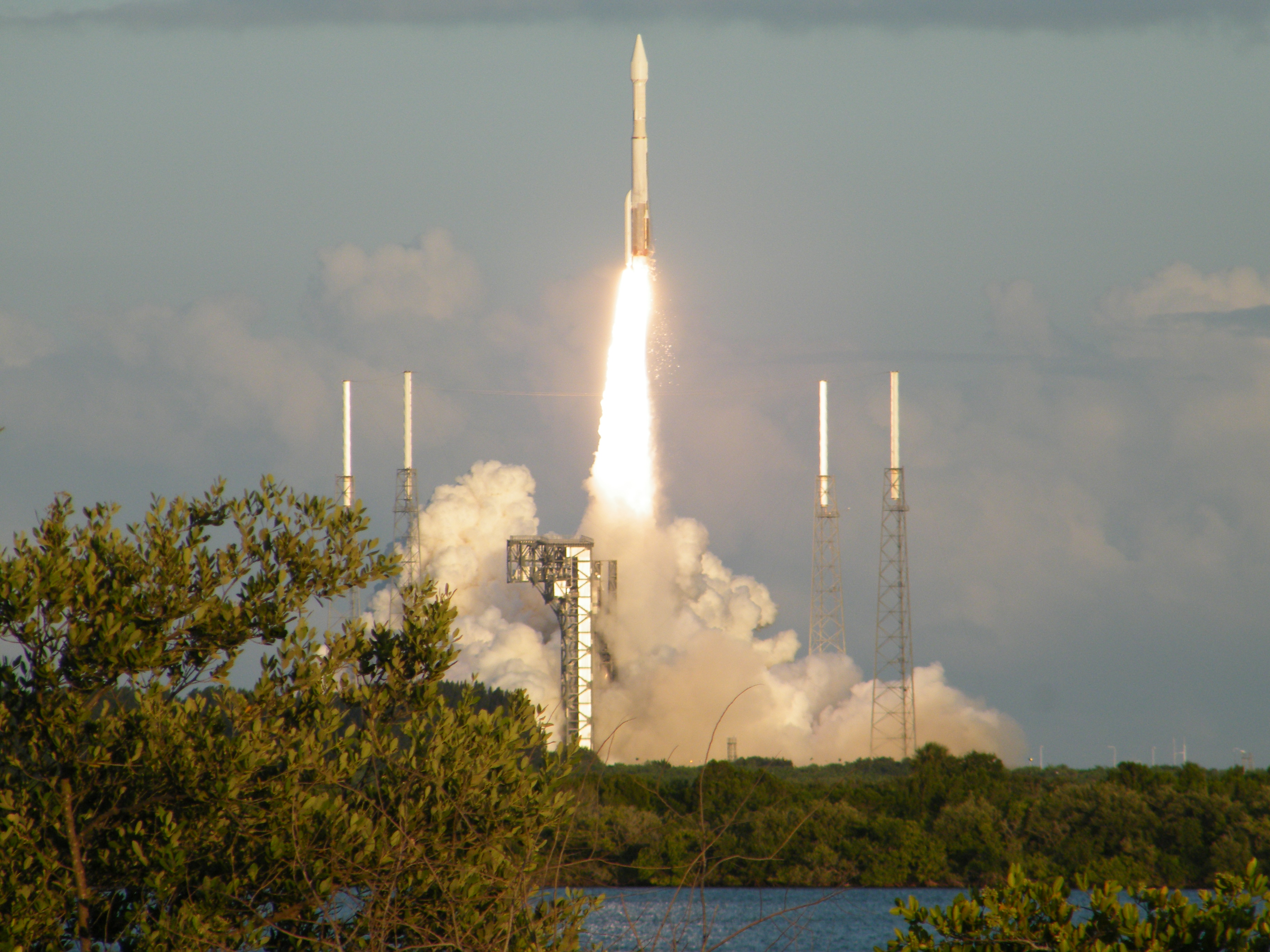
This is ULA’s eighth launch in 2016 and the 111th successful launch since the company was formed in December 2006.
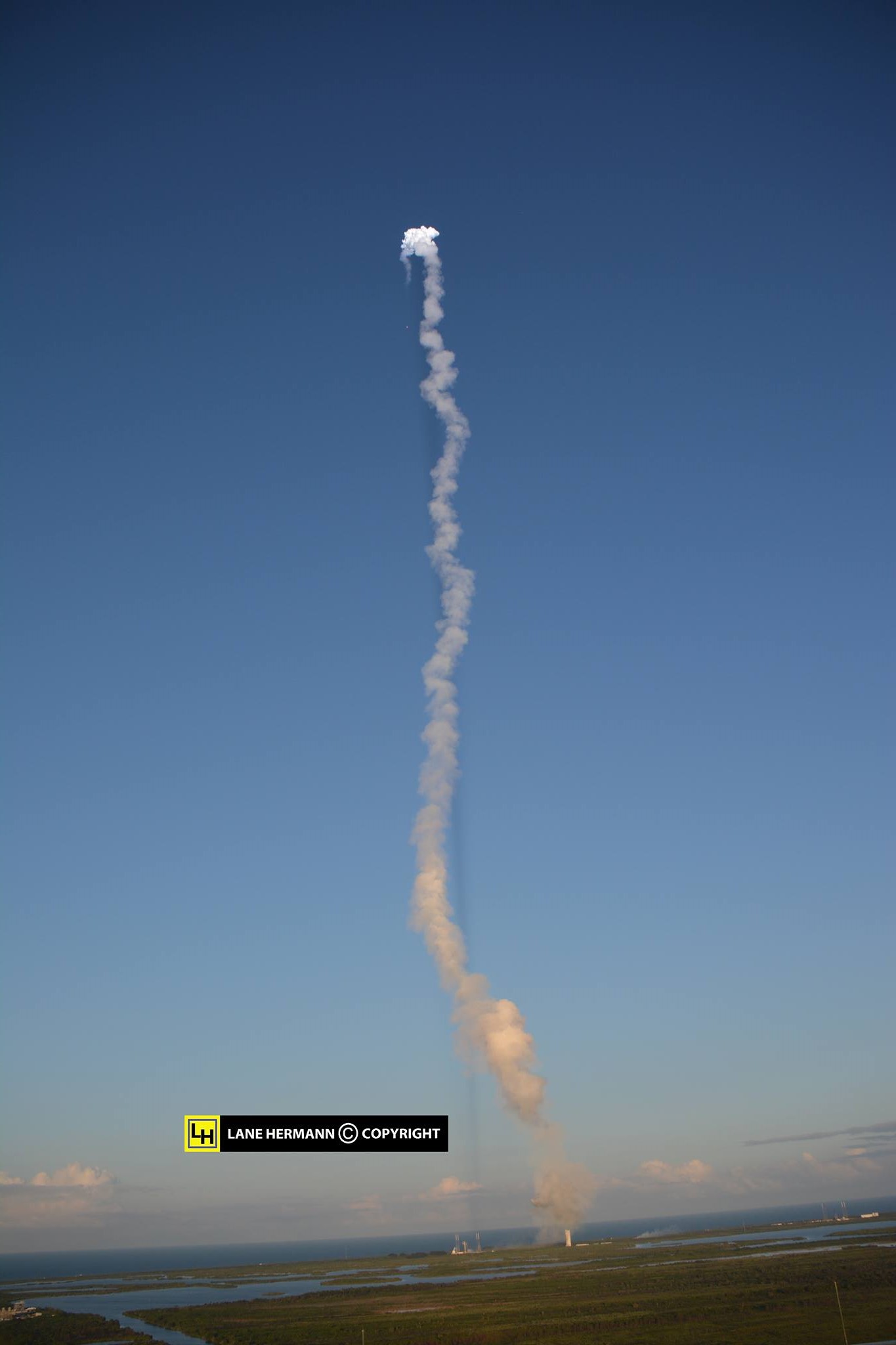
OSIRIS-REx will return the largest sample from space since the American and Soviet Union’s moon landing missions of the 1970s.
Watch these pair of up close videos (from myself and Jeff Seibert) captured directly at the pad with the sights and sounds of the fury of launch:
Video Caption: ULA Atlas V rocket lifts off on September 8, 2016 from Space Launch Complex 41 at Cape Canaveral Air Force Station carrying NASA’s OSIRIS-REx asteroid sampling spacecraft, in this remote camera view taken from inside the launch pad perimeter. Credit: Ken Kremer/kenkremer.com
Video Caption: Compilation of my launch videos from the ULA Atlas 5 launch in support of the NASA OSIRIS_REx asteroid sample return mission to the asteroid Bennu (#101955). It was launched on September 8th, 2016 from Pad 41 of CCAFS. It is scheduled to land in UTAH with asteroid samples on September 24, 2023. Credit: Jeff Seibert
OSIRIS-REx is the third mission in NASA’s New Frontiers Program, following New Horizons to Pluto and Juno to Jupiter, which also launched on Atlas V rockets.
NASA’s Goddard Space Flight Center in Greenbelt, Maryland, is responsible for overall mission management.
OSIRIS-REx complements NASA’s Asteroid Initiative – including the Asteroid Redirect Mission (ARM) which is a robotic spacecraft mission aimed at capturing a surface boulder from a different near-Earth asteroid and moving it into a stable lunar orbit for eventual up close sample collection by astronauts launched in NASA’s new Orion spacecraft. Orion will launch atop NASA’s new SLS heavy lift booster concurrently under development.
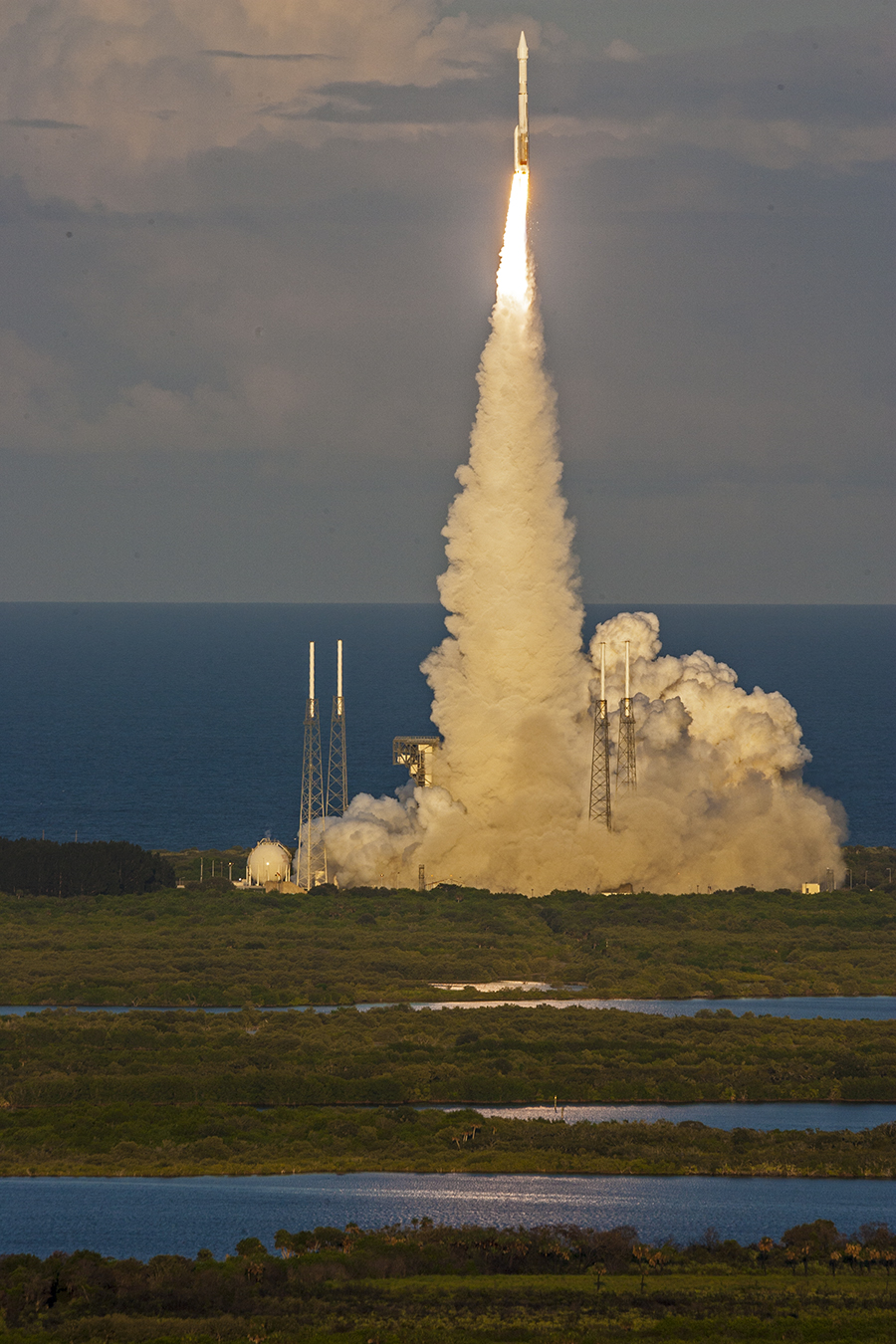
Watch for Ken’s continuing OSIRIS-REx mission and launch reporting from on site at the Kennedy Space Center and Cape Canaveral Air Force Station, FL.
Stay tuned here for Ken’s continuing Earth and planetary science and human spaceflight news.
